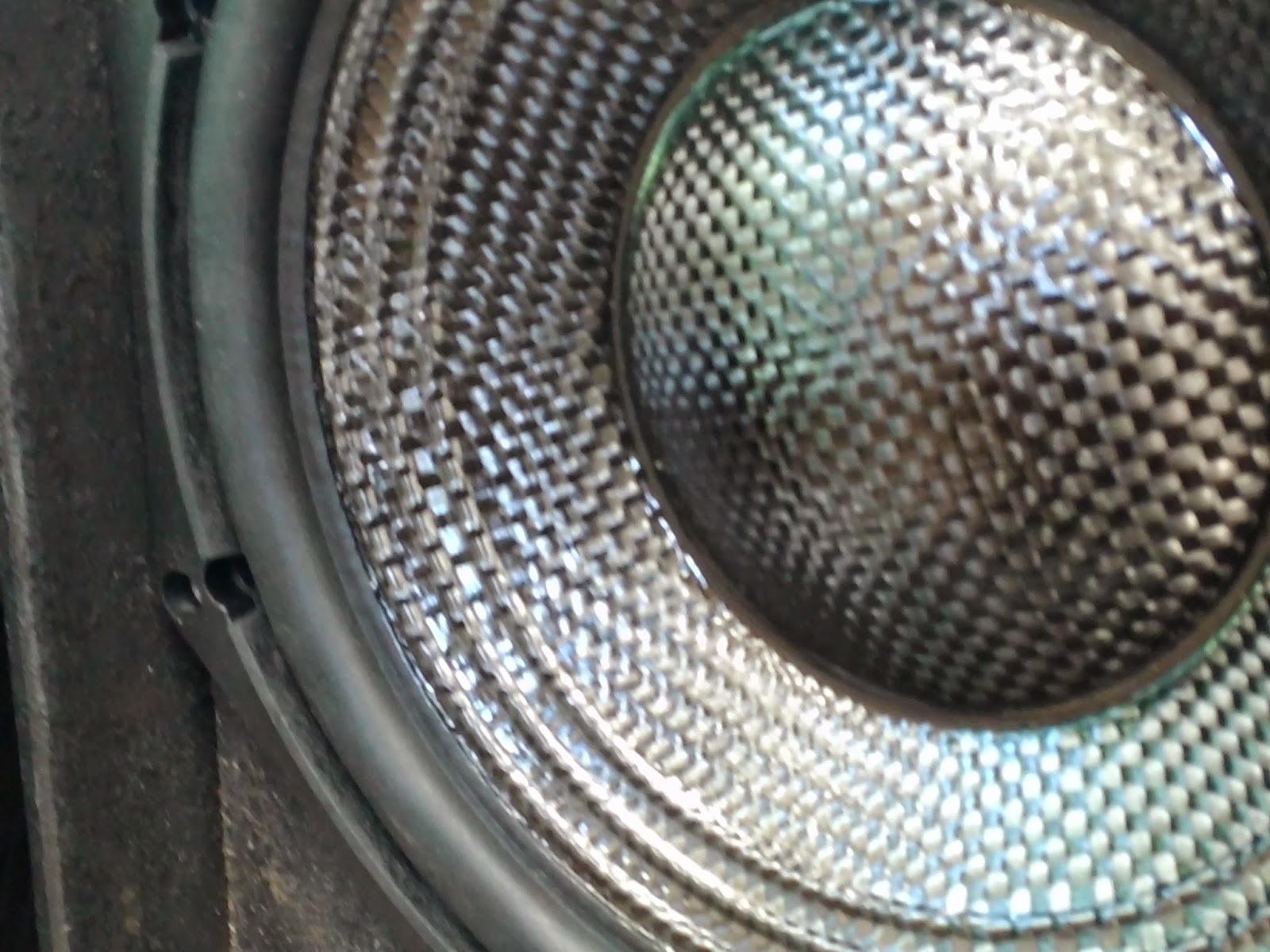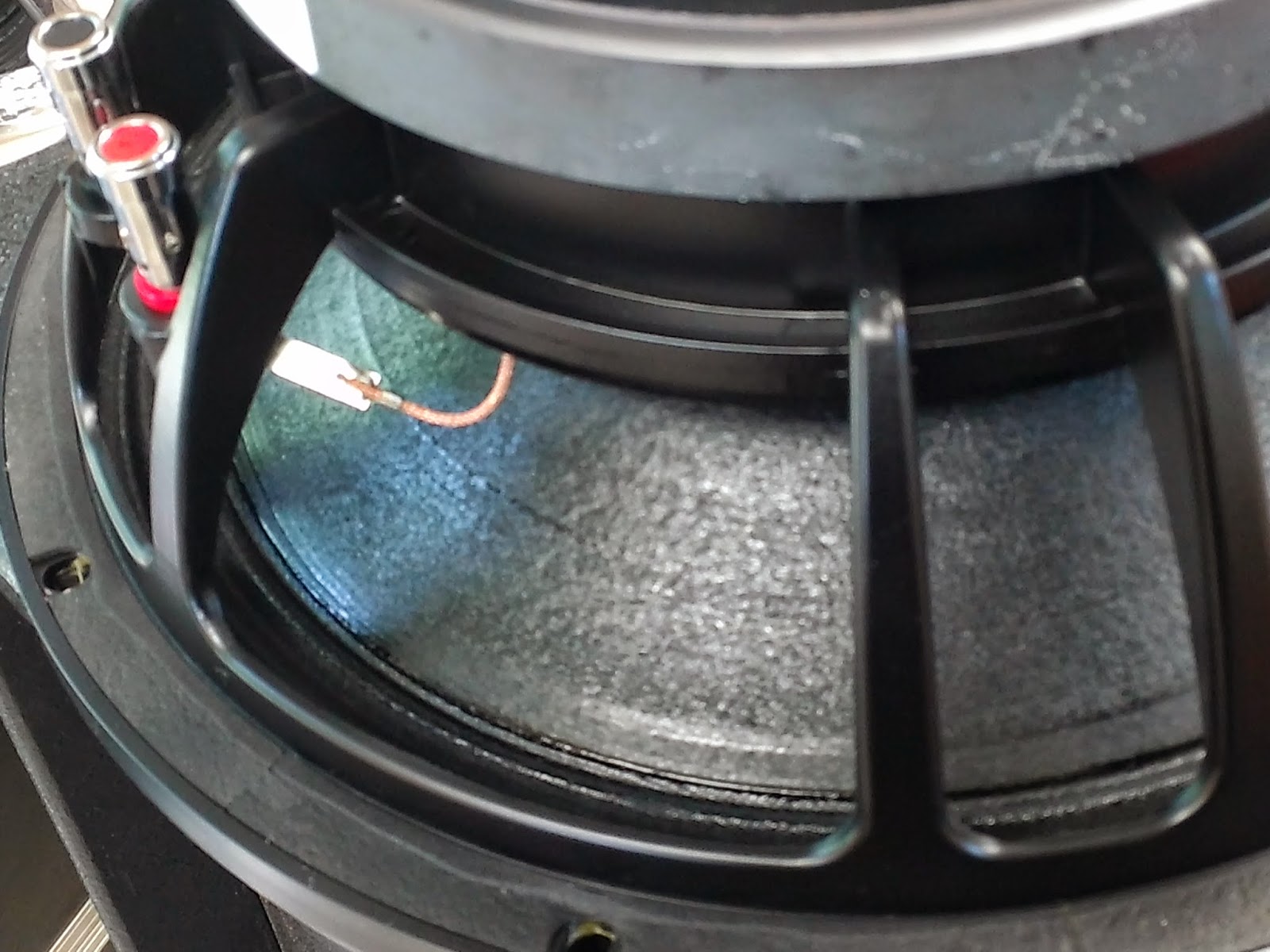We are still using quite a lot of old green Soundwebs 9088 and 9088ii in our soundprojects. The main reason being that these ancient machines were allready capable of some FIR filtering.
Mind you: there is a bug in the software which makes you have to reverse the filter kernels. Presumably nobody ever noticed using linear phase filters (symmetrical as these will be) ;)
Anyway I had some broken ones lying around so I thought it would be time to do some repairing.
One of the apparent vulnerabilities is the power supply cap marked as C216.
So after replacing these I was able to get some off them back to live.
For all you out there plagued by the dreaded searching.... (at infinitum) modus I will repeat some 'rules':
- replace C216 cap, while you are at it maybe it's a good idea to upgrade cap C265 with something beafier as well.
- use the spare jumper at the option A position to set your machine in debug modus.
- switch on power, you now should get the 'nightrider' row of flashing leds.
- use the backup loader.exe to reload the firmware. make shure you have the correct *.a21 file. I learned the hard way do not to make a mistake!
- when done switch of power, replace jumper and reboot.
Now for the fun (and utterly time consuming and by no means commercially viable) part.
Let see if we can do some 'audiophile' modifications.
In the issue 1 model (9088) there are some VCA IC's build in to facilitade volume controle directly after the DAC's.
These suck! ;)
I forgot the type number but in a earlier experiment some years ago I removed these and shortened the signal path. So no more volme controle on the output and maybe (with high gain power amps) a bit excessive noise.
But hey, who cares for noise?
It's the universe coming through our speakers!
Big plus!
Next thing I thought would be whorthwhile is replacing all these (non-polar) caps in the signal path.
Well this wasn't going to happen.
All my regular dope dealers like Farnell and RS and the like seem to have stopped selling these, hmmm, bummer.
Now what if we replaced them with regular caps back to back with a DC bias.
(This is an idea I actually stole from a very old Midas PRO4 console I once owned).
Big improvement?
Argh euuhh, yes with all my skills I can notice the difference (some more clarity) but I 'm not even shure if this is desirable.
So, nah not going to do that on all our machines...
...edit...edit...edit...
Not completily convinced by the dispointing results of the above modification I decided to give it a second try.
Same mod but this time I tested a stereo a/b comparison..wow.. this is some serious shit.. much broader and deeper image and a very convincing musical impact..now why the hell is this???





